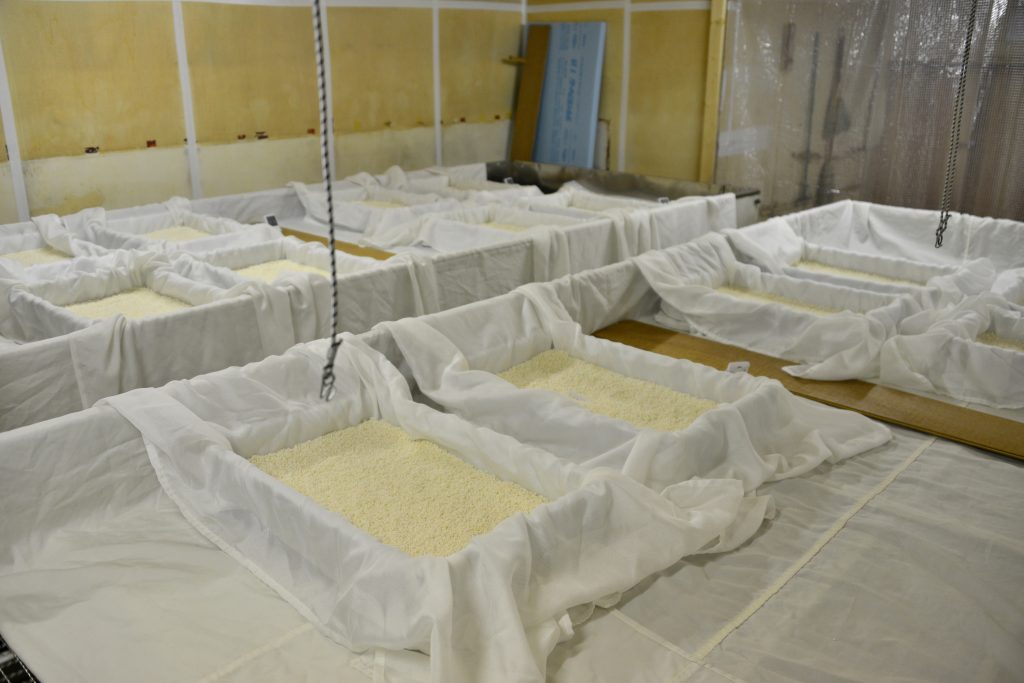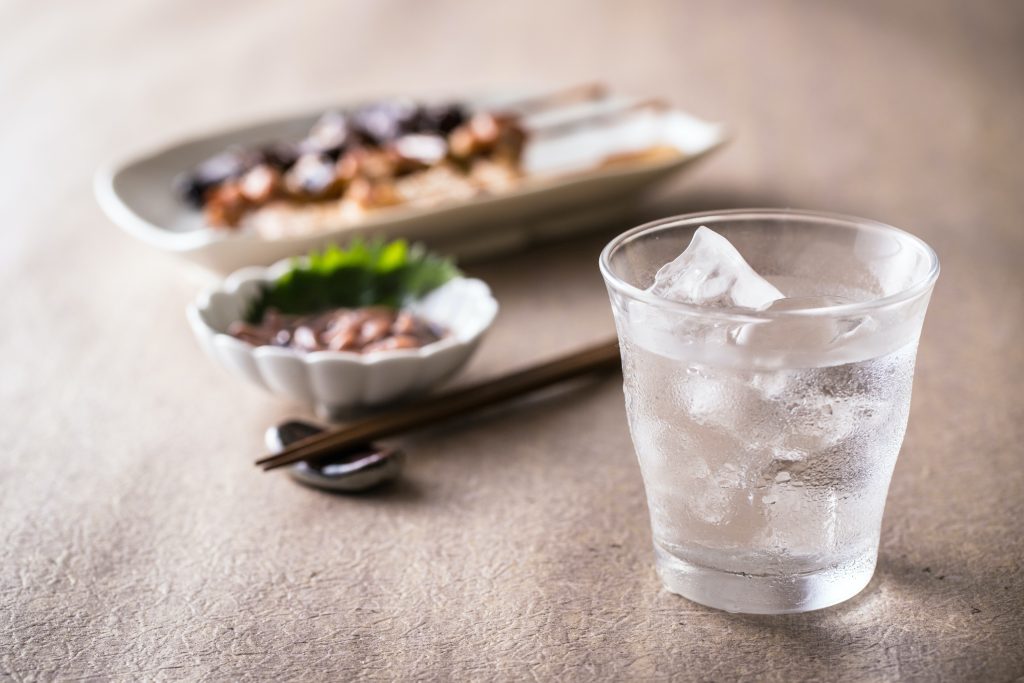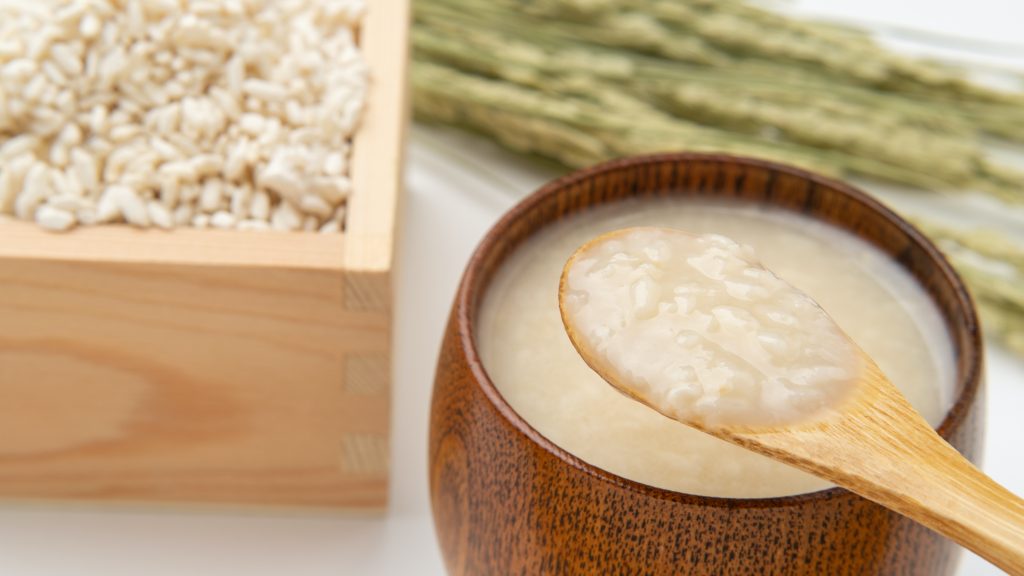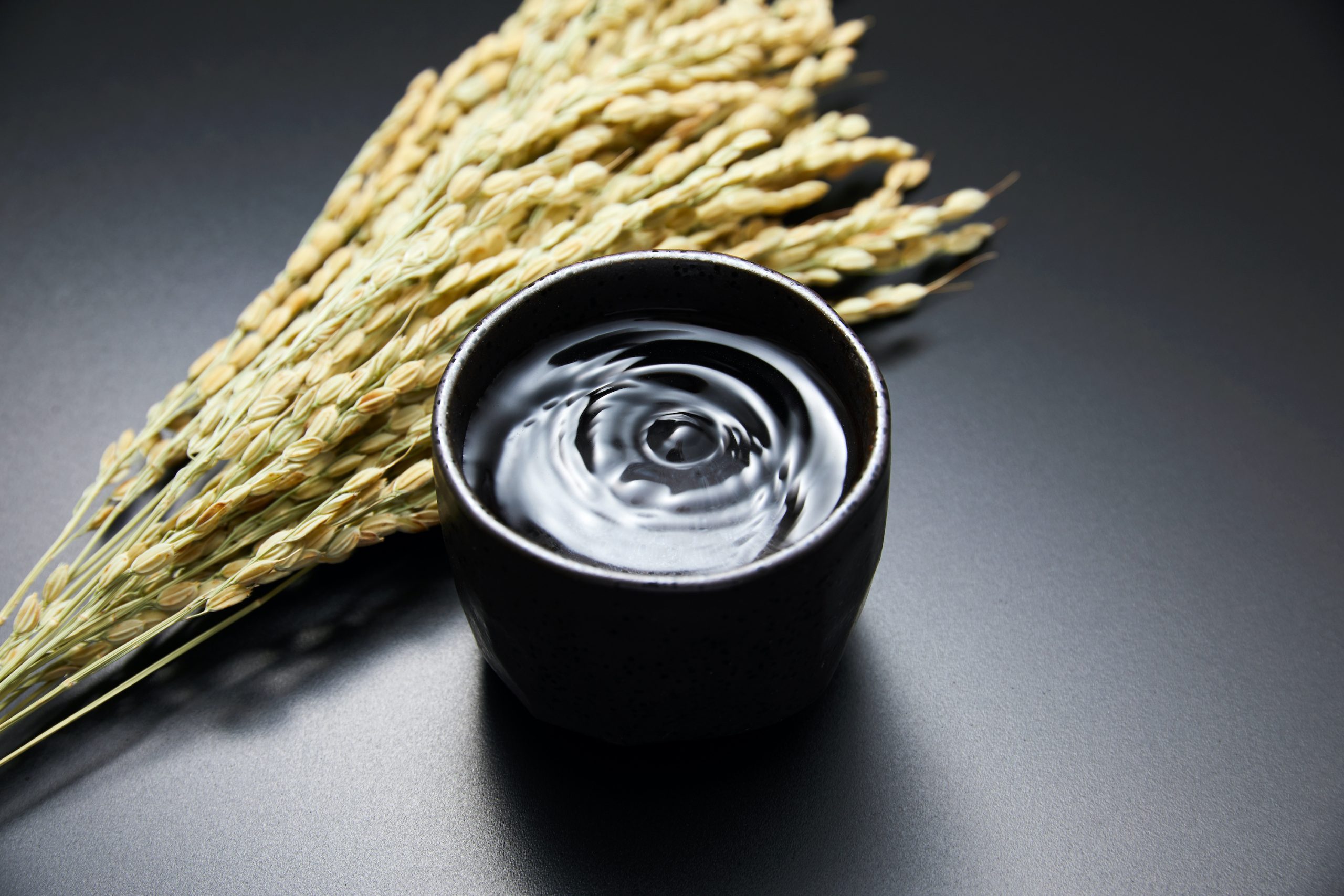Are you curious about Japanese sake? Known as “Nihonshu (日本酒) ” in Japan, sake is a traditional alcoholic drink made from rice, deeply rooted in Japanese culture and cuisine. Whether you’re a foodie, a traveler planning a trip to Japan, or someone looking to expand your drink palette, this complete guide will walk you through everything you need to know about sake—from taste and health benefits to how to enjoy it like a local.
This article introduces the history, uses, types, taste, and storage methods of sake.
What Is Sake? A Quick Introduction to Japan’s Iconic Drink

Sake is a fermented rice beverage with a unique brewing process closer to beer than wine, although its flavor profile often reminds people of dry white wine. It’s made with just four key ingredients: rice, water, koji mold, and yeast. Sake generally has an alcohol content of around 15%. According to Japan’s Liquor Tax Law, Japanese sake has an alcohol content of less than 22%.
▼Learn about Koji
What Is Koji? Health Benefits, Uses, and Role in Japanese Cuisine
The Different Types of Japanese Sake
Understanding sake types helps you enjoy it more. The classification is mainly based on polishing ratio and whether alcohol is added:
- Junmai-shu (pure rice sake): No added brewed alcohol, made only from rice and koji.
- Honjozo-shu: A sake with an aroma and flavor similar to that of Junmai sake, yet lighter and smoother than Junmai sake.
- Ginjo-shu: Ginjo sake can be broadly divided into ginjo sake and daiginjo sake. Made using the ginjo brewing method, it has a gorgeous aroma and delicate flavor.
- Hutsu-shu: A general term for sake other than those designated by a specific name (the three types above).
There are also seasonal and unfiltered versions like namazake (unpasteurized) and nigorizake (cloudy sake), each offering a unique experience.
A Brief History of Japanese Sake
It is believed that sake production using koji mold began around the 4th century, but prior to that it was made using methods such as “kuchikami sake.” And the current style of sake brewing dates back to the mid-Edo period.
Modern sake production blends traditional craftsmanship with cutting-edge technology, and sake brewers, called by ‘toji’, are highly respected for their expertise.
How Does Japanese Sake Taste? Exploring the Flavor Profile
The taste of sake varies greatly depending on rice type, polishing, yeast, and brewing method. Common taste notes include:
- Fruity and floral (like melon, banana, or apple)
- Nutty or earthy (from aged sake or rich styles)
- Sweet to dry (amakuchi to karakuchi)
Sake can be delicate or bold, clean or umami-rich. Serving temperature also affects flavor—a chilled ginjo tastes crisp, while warm junmai feels fuller.
How to Drink and Pair Sake: Tips for Beginners

Sake is best enjoyed from small cups called ‘ochoko’ or elegant stemware. Here’s how to elevate your sake experience:
- Serve temperature: Try cold (reishu) for floral sakes, warm (atsukan) for robust types.
- Food pairing:
- Sushi, sashimi, and tempura for light sakes
- Grilled fish, meat, or even cheese with rich junmai or aged sake
- Western fusion with chocolate or nuts for dessert sake
Want a tip? Sake pairs wonderfully with cheese—surprising but true!
Can Sake Go Bad? Storage Tips and Shelf Life
Yes, sake can go bad—especially after opening. Here’s how to store it:
- Unopened: Keep in a cool, dark place. Best consumed within a year.
- Opened: Refrigerate and consume within 1–2 weeks.
- Signs of spoilage: Sour smell, cloudy color (if originally clear), or off taste.
Pro tip: Always check the label for best by dates.
Is Sake Healthy? Benefits and Myths
In moderation, sake may offer the health benefit:
- Contains fermentation byproducts that may support gut health
However, it’s still alcohol—so moderation is key. Avoid overconsumption and enjoy it as a cultural experience rather than a health drink.
Sake-Based Products: From Amazake to Sake Lees

Japanese cuisine also features sake-related byproducts:
- Rice Koji Amazake: A sweet, low- or non-alcoholic drink made from fermented rice. Rich in enzymes and nutrients.
- Sake kasu (sake lees): The leftover solids after pressing sake. Used in marinades, soups etc.
Both are part of Japan’s fermentation culture and contribute to its renowned culinary depth. Check out the seasonings you need for Japanese cuisine below.
Basic Japanese Seasonings: Understanding “Sa-Shi-Su-Se-So” and the Heart of Washoku
Regions Famous for Japanese Sake
Certain areas in Japan are famous for producing top-quality sake:
- Niigata: Light and dry style, thanks to snowy water and clean rice.
- Kyoto (Fushimi): Soft water yields smooth, feminine sake.
- Nada (Hyogo): Producing region with a sharp, robust style.
Each region reflects its local climate, water, and rice variety—making sake a true terroir drink.
Where to Experience Japanese Sake in Japan
If you’re planning a trip to Japan, don’t miss these sake experiences:
- Sake brewery tours in Niigata, Kyoto, or Kobe
- Tasting flights at izakayas and department stores
- Sake museums like the Hakushika Sake Museum (Hyogo)
- Local festivals where you can drink seasonal sakes with locals
After comparing the tastes of various sakes, participants will make fermented dishes and pair them with sake. If you would like to join the class, please see below.
酒ペアリング講座
Want to Learn More? Join Our Fermented Newsletter and Cooking Program
If you’re fascinated by Japanese food culture, why stop here?
- Sign up for our free newsletter to explore traditional ingredients, seasonal recipes, and travel tips.
- Join our Japanese Fermented Study Abroad and Cooking classes when you visit Japan—sake tastings and fermented foods included!
- Learn from food experts and connect with fellow enthusiasts from around the world.
Enter the following to join our Washoku newsletter and stay connected to real Japanese food culture.
” 耀 Hikari ” – gastronomy
Final Thoughts
Japanese sake is more than just a drink—it’s a story of craftsmanship, culture, and taste. Whether you’re sipping it with sushi or learning about its health benefits, sake is an essential part of the washoku experience. Take the next step and dive deeper—you might discover your new favorite drink and a lifelong love for Japanese food.

No responses yet